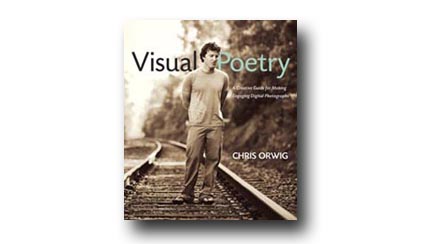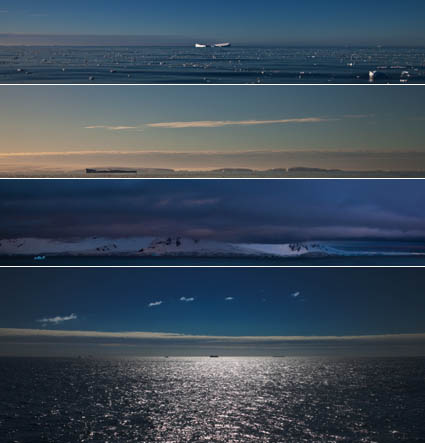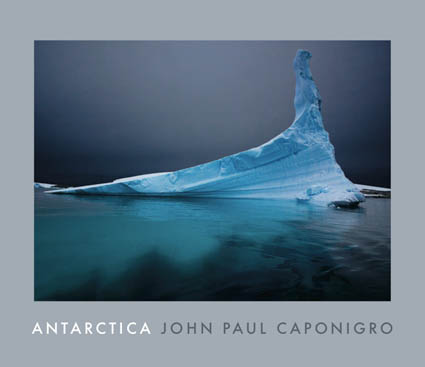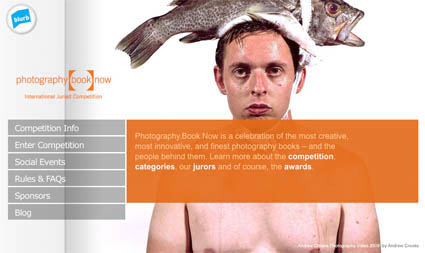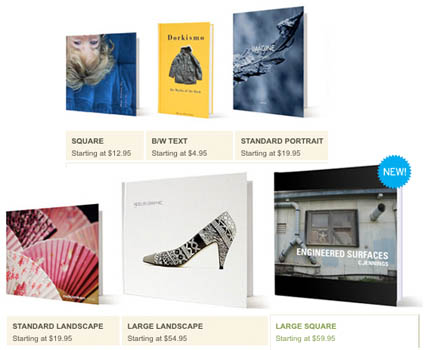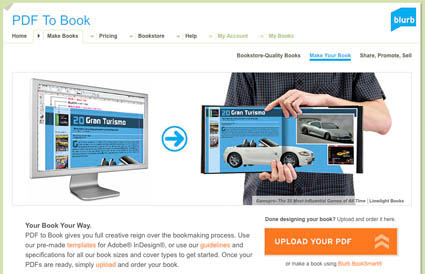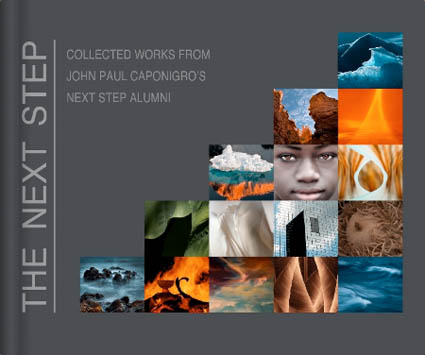
Blurb highlighted my alumni’s Blurb Group Book John Paul Caponigro’s Next Step Alumni Group on their blog today. Blurb’s Natalie Shahmiri asked me about the project and about my impressions of the state of books.
Here’s an excerpt.
“Books have been essential ways of sharing work for artists. Without them a majority of artists’ works would have remained invisible. Only a few people would have see them, not larger audiences. Even with the advent of the world wide web, books remain important communication and marketing tools. Printed matter offers focussed, localized, persistence while the web offers diffuse, transient, ubiquity. Books can also be the final product, special things in and of themselves.
While I will continue to work with major publishers, print on demand solutions are becoming essential tools for communicating and marketing my own work – specifically Blurb. Stay tuned to johnpaulcaponigro.com for many new Blurb books from me in the near future.”
Read the rest here.
